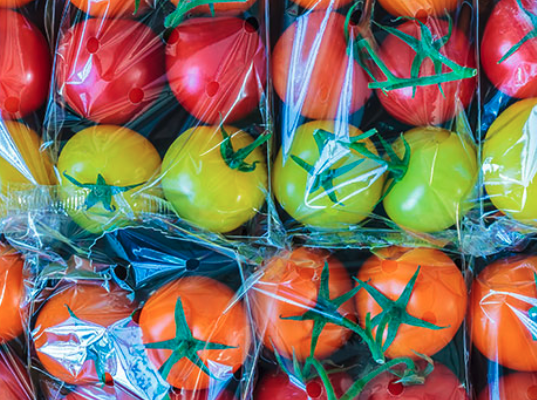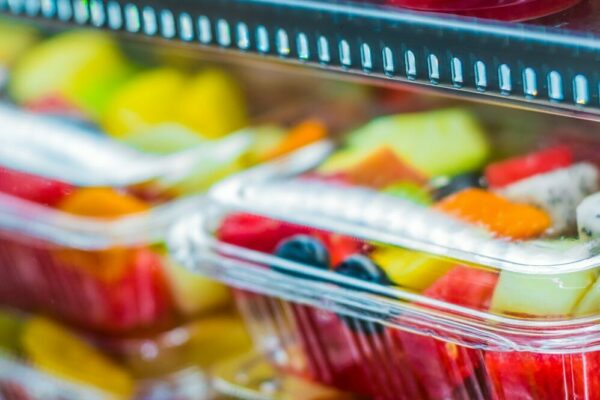Key Points/Overview
One of the biggest benefits of plastic as a material is its durability. It is well-suited for many kinds of protective equipment, product packaging, electronics and automotive parts, building materials, and an array of other applications.
The FDA reviews plastics and other materials used in food contact applications before allowing them on the market, using rigorous safety standards.
Uses & Benefits
Find information on the wide variety of plastics used in hundreds of household and consumer products.

Plastics enable sustainable, durable, long-lasting design and construction in homes, buildings, and infrastructure like bridges.

In automotive design, plastics have contributed to a multitude of innovations in safety, performance and fuel efficiency.

Plastic packaging helps protect and preserve goods, while reducing weight in transportation, which saves fuel and reduces greenhouse gas emissions.

From computers and cell phones to televisions and microwaves, durable, lightweight and affordable plastics have helped revolutionize the electronics we rely on every day.

Plastics help make sports safety gear – such as plastic helmets, mouth guards, goggles and protective padding – lighter and stronger to help keep sports enthusiasts of all ages safe. Molded, shock-absorbent plastic foam helps keep feet stable and supported, while rugged plastics shells covering helmets and pads help protect heads, joints and bones.

Safety Information
Food Packaging
A number of plastics are used to package, deliver, store or serve foods and drinks. Plastics used in food packaging are chosen precisely because they do a good job: they are considered inert and chemically resistant to the outside environment and the foods and beverages themselves. The U.S. Food and Drug Administration (FDA) carefully reviews materials to be used in food contact before allowing them on the market using a rigorous safety standard. Since all materials in contact with foods can have tiny amounts of substances transfer into the food, the FDA reviews scientific tests to determine how much is transferred and that any transfer does not pose a risk to human health.
- Plastic food containers in the microwave: Many of today’s plastic containers and wraps are specially designed to withstand heating temperatures generated in the microwave. All you need to do is check the item or its packaging label and follow the instructions.
- Plastic food containers in the dishwasher or freezer: Many plastic food containers offer the added convenience of safely going from freezer to microwave to dishwasher. Check the container or its label to confirm that it can be used in the dishwasher or freezer, and follow directions (e.g., place it on the top rack of the dishwasher if recommended).
FAQs
- Find information about the many uses of plastic materials, how plastics are made and basic information on plastics and the environment.
- “Plastics Myths Unwrapped” provides answers to questions consumers might have about the safety of plastics used every day.
- Find out what you need to know about the safety of microwaving plastics.
- Find information on what the number on the bottom of many plastic packaging containers means.


